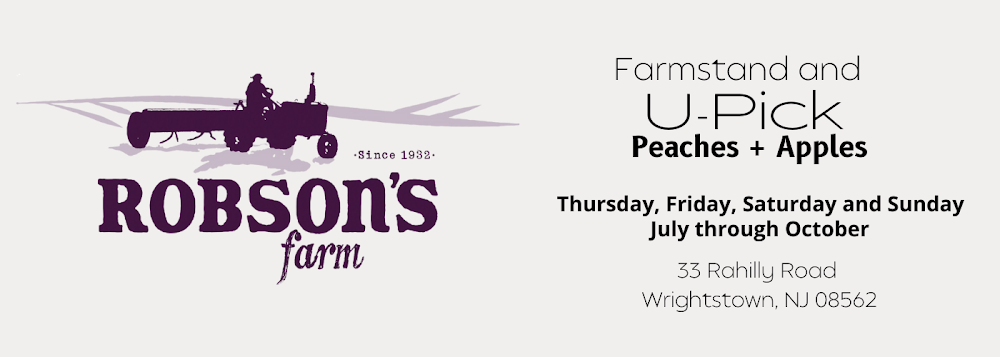Butter.
Butter has long been complimented. Has long be lauded and loved. My most vivid memories of butter involve my grandma Joan who taught my cousin and I the art of chocolate chip cookies which takes 2 sticks of butter. She also taught me the joy of a bit of butter on a melba toast cracker. Oh and lots of butter when cooking eggs. And butter when making rice crispy treats (a go to "home-made" dessert option).
However even with it's grand goodness butter is so terribly every day...in the fridge and on the table. Khosrova says it best when she writes, "It [butter] is common after all. The girl next door, lovely but overlooked."
I never stopped to contemplate butter's upbringing until I saw an Instagram account I follow reading this book. I immediately bought the book on impulse because I love butter. And if you love something you should be knowledgeable about the subject. Correct?
Correct.
I would first like to say this book was so perfectly written. Smart. Sharp. So even if you think the subject matter to be "that's interesting with a slight eye roll emoji" I encourage you to read it for the shear beauty of the writing....and the fact that you can entertain dinner party guests with all of your great new found butter knowledge.
When we think of dairy we immediately think cow. No question. Maybe goat if you're a little more worldly...possibly sheep. But do we ever think camel, yak, water buffalo? Umm nope. But these Ruminant creatures are butter producers as well.
"Ruminant milk varies as much as the mothers that produce it. A ewe (female sheep), for example will give milk twice the fat content of cow's milk; goats milk has fat molecules that are smaller and more digestible, but it lacks carotene so goat butter is white; milk from a yak has less milk sugar and more protein than a cow; camel's milk is similar to goat's milk in composition, but it can have up to three times as much vitamin C; and the milk of water buffalo has 100 percent more fat than a cow's milk."
Butters beginings are thought to have come from either a bi-product of cheese making or that milk being stored in pouches being carried by animals started to ferment in the heat of the day coupled with the agitation of the animals walking...made the very first butter.
Butter through out history found it's self as part of various spiritual rituals like: Tibetan butter sculpting, Sumarians gave regular butter offerings to Inanna, the goddess of fertility and the harvest, and Khosrova says, "Butter in sacred lore also turns up in the very first meal in the Bible."
She poses an interesting question when she writes, "Remarkably, butter has held a heightened spiritual role throughout human history while simultaneously keeping its utiliarian place in everyday life. For as long as anyone can tell, butter has uniquely bridged the secular and the sacred, the scientific and the supernatural in vastly different cultures. Covering these dual narratives that stretch across time and place, I couldn't help but wonder, Why butter? Why did it become a global darling of both spirituality and domesticity?"
In the beginning before modernized and mechanized dairy, milking was a woman's task. Milkmaids were solely responsible for maintaining the household and making all dairy products for the family to eat. Interesting the wealthy, who obviously had all of their dairy products made for them still wanted in on the experience by building "pleasure dairies" where they could "play" milkmaid. It's a little like U-Pick farms or farmer-for-a-day programs in current day.
The first recorded student rebellion was actually over butter, the Great Butter Rebellion at Harvard University in 1766. Apparently the butter "stinketh!"
The book also gave tribute to the queen of butter herself, Julia Child. "For decades Julia Child served as butter's best promoter, urging us to whisk, slather, spoon, and spread it to our healthy hearts content."
Also discussed is the great margarine vs. butter battle. But lets be honest is there any reason to ever consumer margarine? No, nope, none. Khosrova inserted a great quote from Joan Gussow that says, "As for butter versus margarine, I trust cows more than a chemist."
Butter had a few hiccups along its long journey to the present like the above mentioned margarine and then the low fat/no fat movement but there's no doubt butter will prevail. Butter is our favorite meal time guest. A welcome familiar face... an accountable quiet friend.



No comments:
Post a Comment
Note: Only a member of this blog may post a comment.